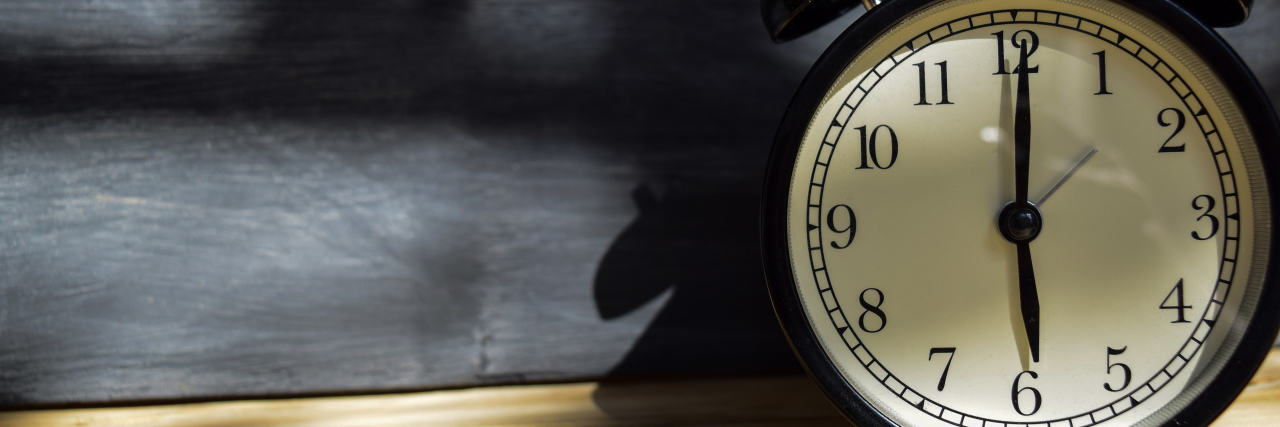My math learning disability presents a variety of challenges, but the most difficult one is not being able to read the face of a clock. Many people don’t understand that I can’t do this. I have had generous people gift me with beautiful antique analog clocks. But I am unable to read what time it is and other than a decoration, they serve little purpose for me.
I struggled with learning how to read a clock in elementary school. I can remember learning to tell time to the hour, but anything beyond that never made sense. I dreaded the worksheets that I had to tell what time it was, but I loved the colorful clock that you could move the handles.
Despite all the efforts and practice I can still only tell time to the hour. If I know that it’s 12 o’clock then I can tell where the hands are moving. But if I would read a clock at random, I couldn’t tell you what time it was unless it was on the hour. I use a digital watch or my Fitbit to tell what time it is. I didn’t use a digital watch when I was young and I never knew what time it was. If I asked someone they would point to the clock on the wall and say, “There’s a clock over there.” Pointing to the clock did little to tell me what time it was. I could see the clock, but couldn’t comprehend it. I also have challenges when people use clock terms to explain things. If someone tells me that it’s a quarter to two or half past two, it makes little sense to me.
Many people are shocked and surprised when I can’t read an analog clock. People assume that I never learned in school or that they can “cure” me. I also had a person ask, “Can’t you get tutoring for that?”
Our society is becoming increasingly digital and relying more on digital clocks. Some schools have stopped using them calling them obsolete. I do think that exposing students to an analog clock is important. If as student can read an analog clock then it gives
them another skill that they can use, and it can also be helpful in teaching students to count by fives.
However, if a student can’t read an analog clock it doesn’t make them lazy or less than. Digital watches and clocks provide an alternative for students who can’t tell time. Whether an analog clock becomes
obsolete or is still of use remains to be seen. Sun dials were once used to measure time and are now nothing more than a lawn decoration.
An analog clock is one way to measure time, but my brain is unable to read this type of clock. The reason for my challenges with a clock is not visual, but instead brain-based. My inability to read a clock is not related to dementia or Alzheimer’s disease, although some people lose the ability to read because of them.
I am very thankful there are other ways to tell what time it is.
Photo credit: syahrir maulana/Getty Images

